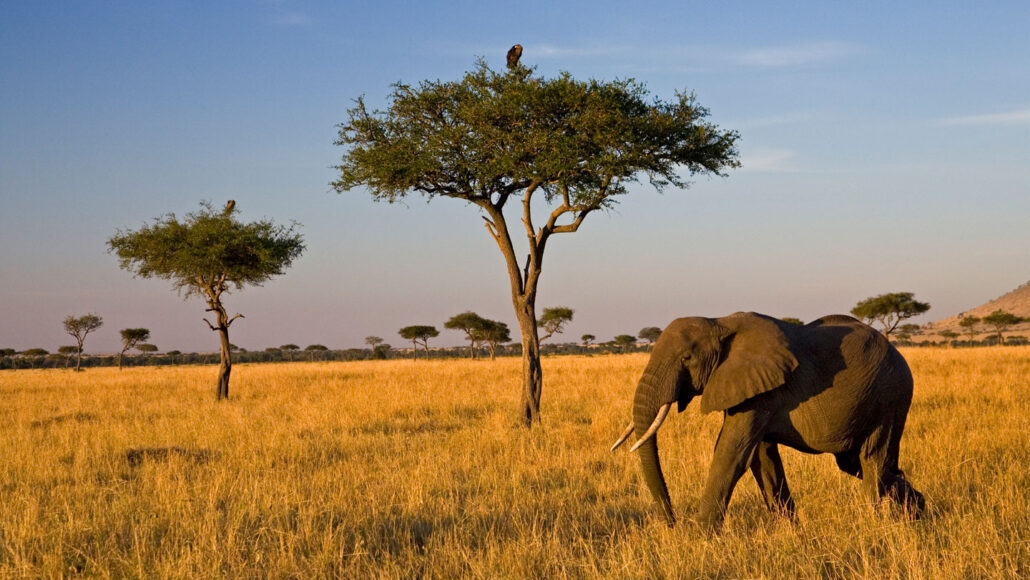Scientists Say: Savanna
A savanna is an open grassland scattered with sparse shrubs and trees

The African savanna is home to the largest land mammal on Earth, the African savanna elephant.
Darrell Gulin/Getty Images
A savanna is an open grassland scattered with sparse shrubs and trees

The African savanna is home to the largest land mammal on Earth, the African savanna elephant.
Darrell Gulin/Getty Images